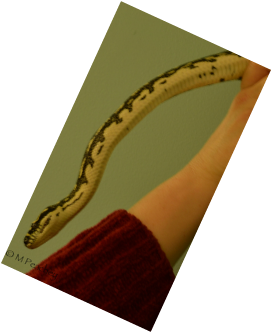
We were expecting to talk about lizards and instead got to see a Diamond Python.
Of course they are not indigenous to the ACT but our guest speaker, Mandy, brought
Eric in to visit us.
What surprised me was that Diamond Pythons have lovely patterning on the top of
their bodies and underneath is quite pale.
We have several different snakes in the ACT and all are venomous. The most commonly seen snakes are the Eastern Brown Snake and the Red-bellied Black snake.
Of course they are not indigenous to the ACT but our guest speaker, Mandy, brought
Eric in to visit us.
What surprised me was that Diamond Pythons have lovely patterning on the top of
their bodies and underneath is quite pale.
We have several different snakes in the ACT and all are venomous. The most commonly seen snakes are the Eastern Brown Snake and the Red-bellied Black snake.
We were so busy listening to Mandy about reptiles we forgot to have a look at the resident CIT Blue tongue lizards and Eastern Long Neck Turtles.
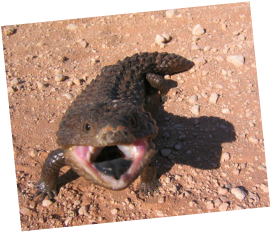
This shingleback is from western NSW. It has evolved to have different colouring so it is more camouflaged in the red soil country. The shinglebacks in the ACT are black.
So far you have seen only non-indigenous to the ACT reptiles.
Check out the photos below for reptiles that have come into care
in the ACT.
So far you have seen only non-indigenous to the ACT reptiles.
Check out the photos below for reptiles that have come into care
in the ACT.
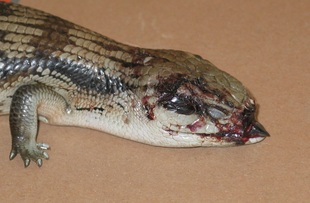
Some terrible things happen to lizards that live in gardens. This little fellow was the victim of a whipper snipper accident.
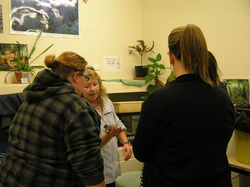
AMPHIBIANS
The class learnt about amphibians. The only amphibians in Australia (native) are Anura (frogs and toads)
In class we listened to Martin, from the Southern Catchment group. He told us about how to care for captive frogs. Most frogs coming into care are the 'banana box' or 'passenger' frogs that come from Queensland and Northern NSW in fruit and vegetable boxes. Because of the threat from the Chytrid fungus they cannot be sent home and cannot be released in the ACT because of the threat of infecting our native indigenous frogs. They cannot go home because they may have become infected with Chytrid during their travels. Martin, and other wildlife carers, care for these frogs long term. They settle into captivity very well as long as you can keep up the supply of crickets.
Local frogs are very rarely picked up for care as most injuries are overwhelming and they do not survive. They are caught by cats or dogs or hurt by shovels and garden forks.
The class learnt about amphibians. The only amphibians in Australia (native) are Anura (frogs and toads)
In class we listened to Martin, from the Southern Catchment group. He told us about how to care for captive frogs. Most frogs coming into care are the 'banana box' or 'passenger' frogs that come from Queensland and Northern NSW in fruit and vegetable boxes. Because of the threat from the Chytrid fungus they cannot be sent home and cannot be released in the ACT because of the threat of infecting our native indigenous frogs. They cannot go home because they may have become infected with Chytrid during their travels. Martin, and other wildlife carers, care for these frogs long term. They settle into captivity very well as long as you can keep up the supply of crickets.
Local frogs are very rarely picked up for care as most injuries are overwhelming and they do not survive. They are caught by cats or dogs or hurt by shovels and garden forks.
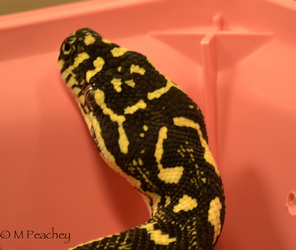
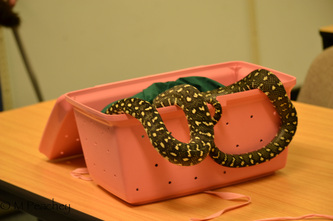
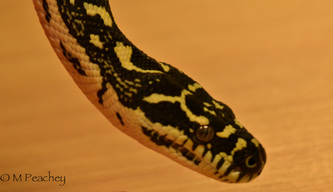
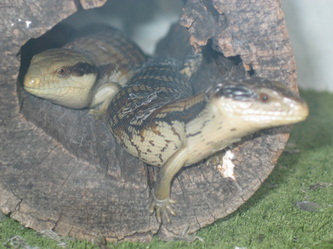

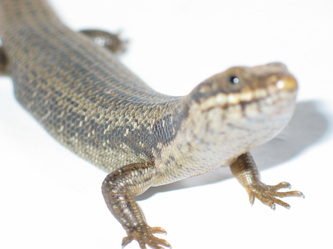
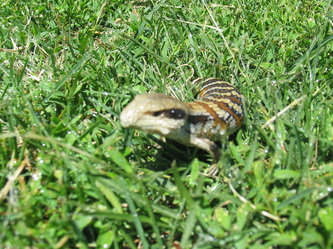
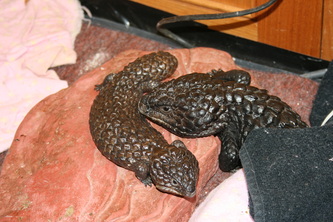
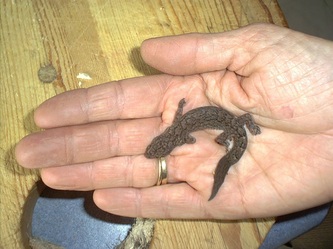
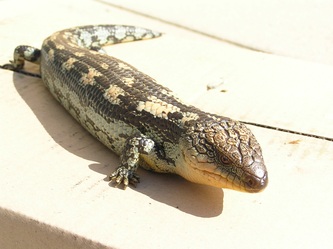
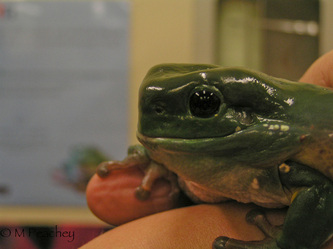
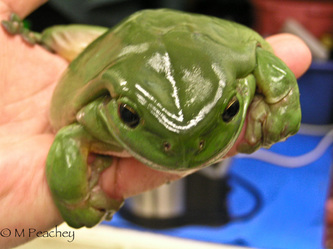
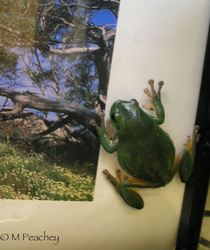
 RSS Feed
RSS Feed